Care & Maintenance
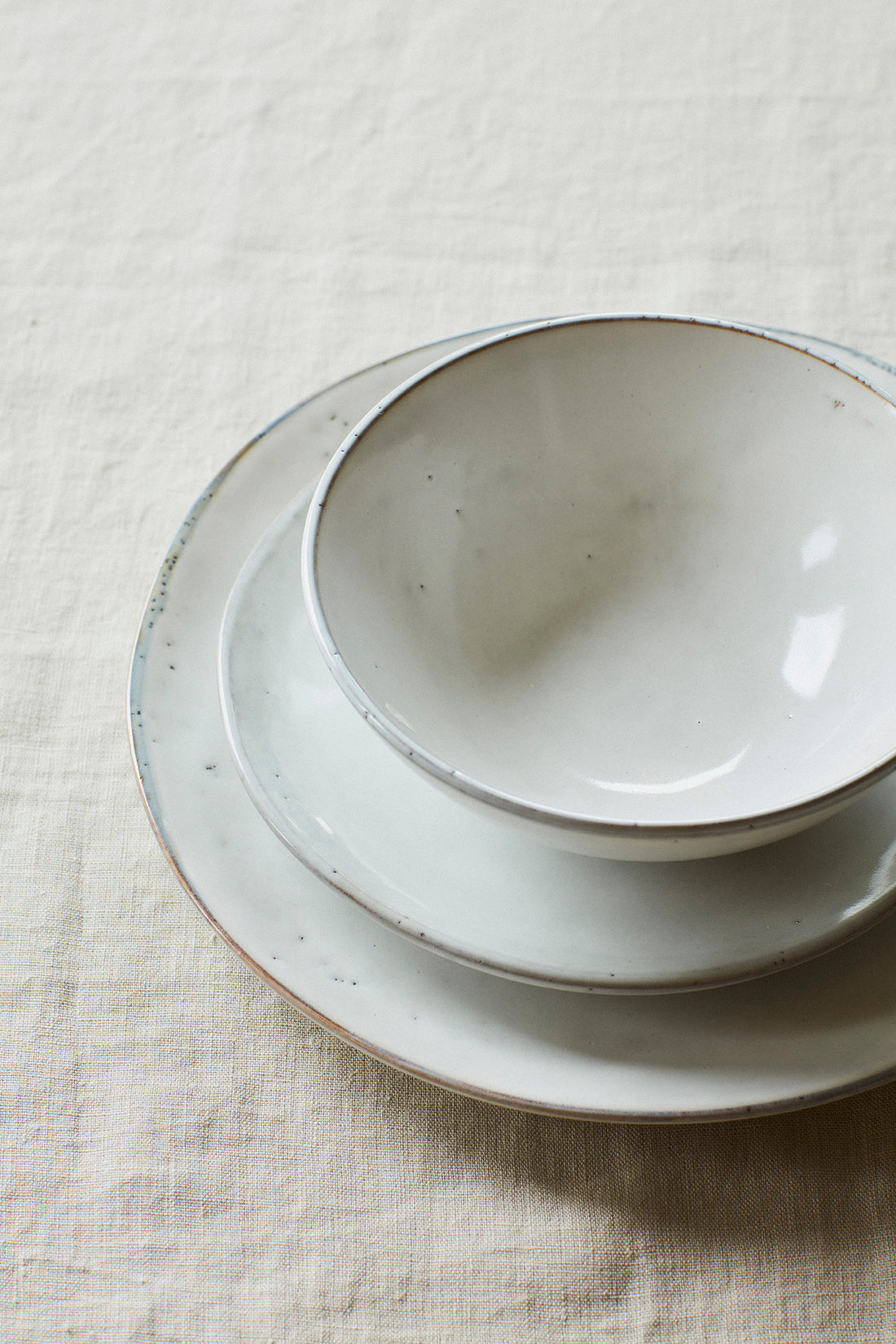
Porcelain and Stoneware
Porcelain and Stoneware
We use stoneware and porcelain clay in our dinnerware series, and we love the contrasting expression of the denser and stone-like quality of the stoneware and refined porcelain. The main difference between the two types of clay is that stoneware is more dense and less porous than porcelain. Stoneware is burned at approx. 1100 - 1250 degrees and contains more water after firing than porcelain and can therefore become hot in use. Porcelain with the light, almost translucent “shell-like” is fired at very high temperatures from 1200-1450 degrees. When the porcelain is fired, it has a smooth and hard structure. Both materials are strong and durable with a distinctive look and feel.
Reactive glaze
Reactive glaze
Reactive glazing is our absolute most worshipped glaze because its variegated colouring makes each piece subtly one of a kind. The final finish is unpredicted due to the non-formulaic firing in the kiln. Therefore, no two pieces of reactive glaze dinnerware are alike and will have unique traits and nuances. The detailing of our Nordic Sea and Salt series is made by hand, making each piece unique. Sometimes we let the colour be defined by the raw material, which by nature will give tiny variations in the tones of the series. For our Nordic Bistro dinnerware, we have added a transparent, glossy glaze that adds a beautiful depth to the natural colour and reveals imperfections in the raw material that is usually not visible. Some of our tableware series are formed by grouting the material with high pressure into forms. In this process, minor dents will inevitably occur and are not perceived as productions faults.
Dishwasher
Dishwasher
All our tableware series are suitable for the dishwasher. However, temperature above 65 degrees can contribute to the crazing of the glaze and is therefore not recommended. We also recommend to unload the dishwasher when it has cooled down to avoid chipping.
Microwave
Microwave
All our tableware is microwave safe. However, an effect above 675 Watt can overheat and damage the item and is not recommended.
Marks, Scratches and Stains
Marks, Scratches and Stains
Plates and bowls will get cutlery marks and small scratches of usage. Especially unglazed and matt glazed surfaces are even more sensible compared to normal and glossy ceramic surfaces. Neither are perceived as productions faults. The marks can to some extent be removed with Vienna chalk on white items or polishing material for glass ceramic cooking plates, but please remember to follow the instructions for use carefully.
Crazing glaze
Crazing glaze
Crazing is a network of fine hairline cracks that appear on the glaze surface. Tableware consists of a body of ceramics and a cover of glaze, and if the conditions for the body change more than the glaze, crazing occurs. Moisture can get into the piece if it gets soaked, causing the item to expand or contract, and if the ware is heated or cooled, use in a microwave or dishwasher can cause crazing over time.
Crazing can be caused by:
- Sudden change in temperature and humidity
- Moisture damage if it has been soaked
- Being bumped and moved around
Crazing generally happens with age. That’s why you see vintage and antique items with crazing more often than new items. However, crazing glaze is not perceived as productions faults.
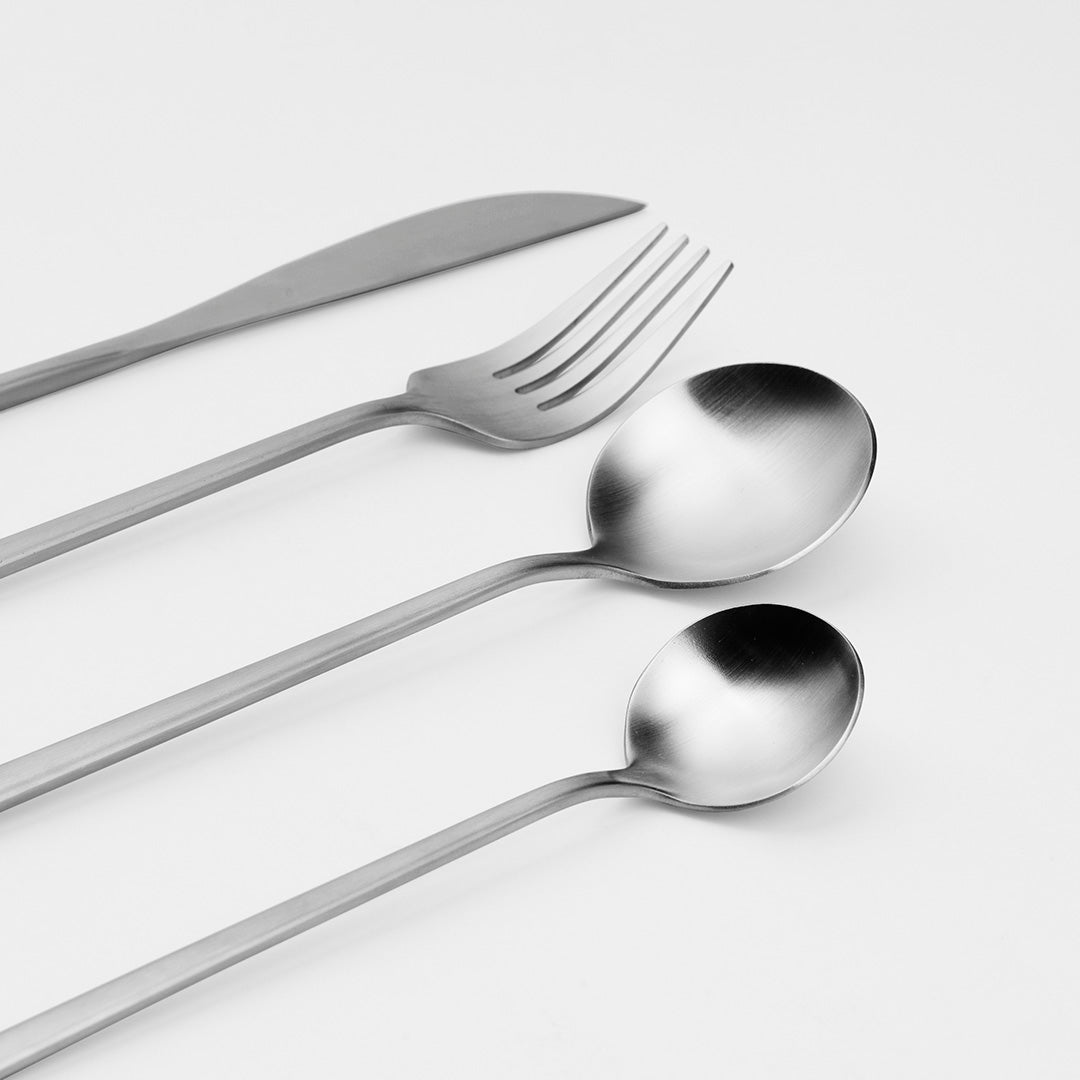
Cutlery
Our cutlery will serve you for years to come with proper care and use. Stainless steel needs to be understood by its name. Not stain-free, but stains less, and by stains, we mean rust. No steel alloy is 100% resistant to all the food or chemistry in our kitchen. It can erode the surface and cause rust stains. So please be aware that food acids found in ketchup, mustard, egg, lemon, etc. and ferrous and chlorinated water can attack steel and cause rust stains. Therefore, we recommend that the cutlery is rinsed or washed immediately after use. Most of our cutlery is dishwasher safe but as with all cutleries, be careful using aggressive dishwasher detergents. We know it’s more convenient to use the dishwasher than washing by hand, but it won’t risk shortening its colour or lifespan. Our cutlery ranges are manufactured from 18/8 chrome /nickel steel for the forks and spoons. To ensure the sharpness of our knives, we use special 13/0 chrome steel with carbon. You may therefore find that the blades are more susceptible to rust.
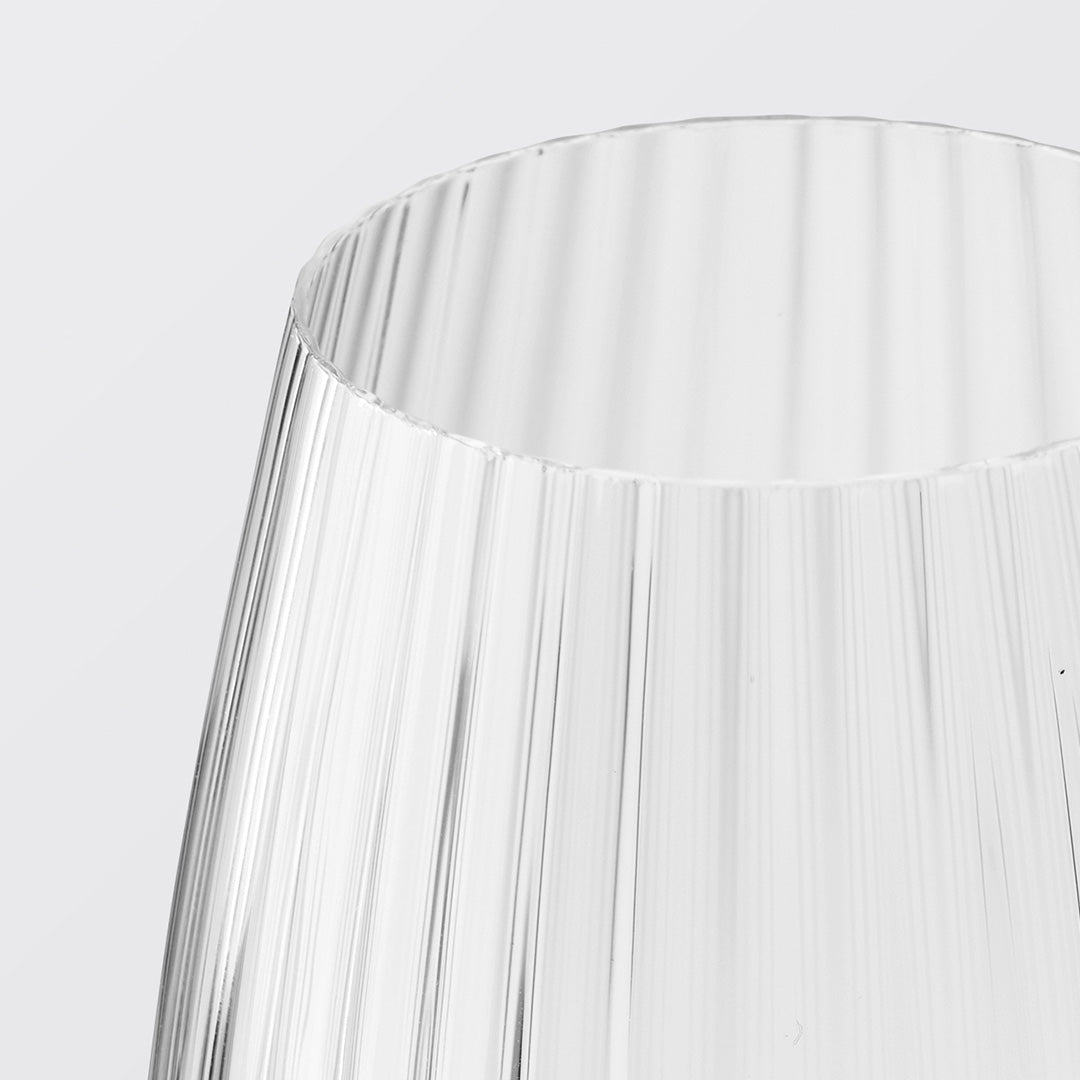
Glassware
Most of our glassware is mouth-blown. Mouth-blowing is an old technique and is widely used. The process requires heated and liquid glass to be placed into a mould, where the glassblower blows the glass into its shape through a pipe. A mouth-blown series that greets the idiom and uniformity requires skilled artisans. The process is unique and evident in each glass and expressed in the minor variations in colour, size, thickness, and tiny bubbles. The natural irregularities remind us of our glasses' authenticity and tell the story of the artisan's relation to the glass.
Dishwasher
Our glasses are dishwasher safe, and we always recommend the glass program or temperatures below 55 degrees to avoid glass plaque. Place your glasses well-spaced out in the dishwasher and ensure they are not touching each other or other objects. If available, use a stemware rack as it provides support and stops your glassware from moving around. We recommend taking the glasses out of the dishwasher or opening the lid once the washing program is finished, as the steam in the machine can stimulate the breakdown of the glass.

Lamps
All lamps are CE approved and suitable for 220-240 volt. Table and floor lamps have a two-pin euro plug. For indoor use only.
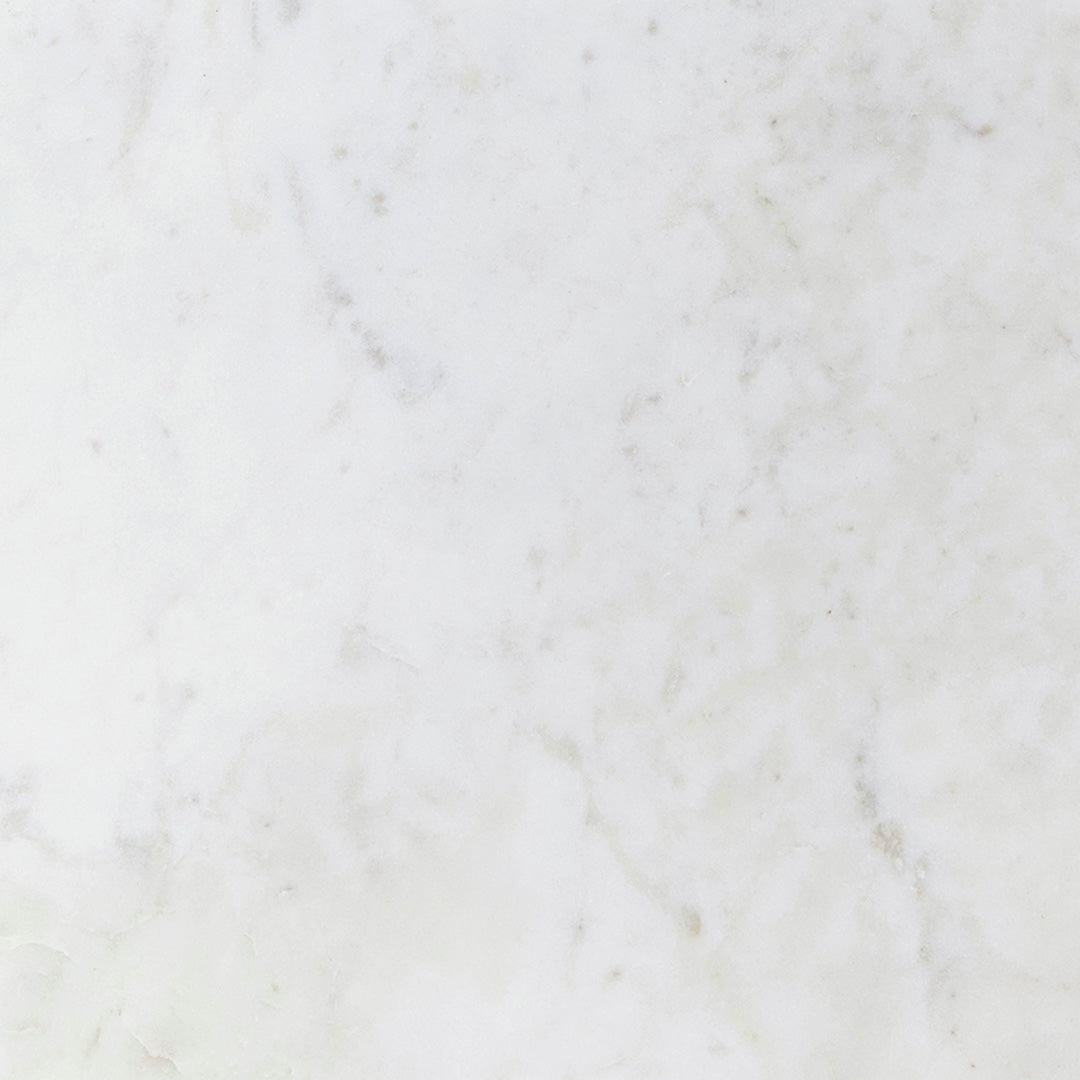
Marble
Marble is a stunning material with minor natural variations making each piece unique. We recommend hand-washing marble cutting boards with a mild dishwashing liquid and a soft sponge. Marble is not suitable for dishwashers or exposure to drastic temperature changes, as it can cause cracks. Please use a knife carefully on marble cutting boards as it can damage the knife and scratch the cutting board's surface.
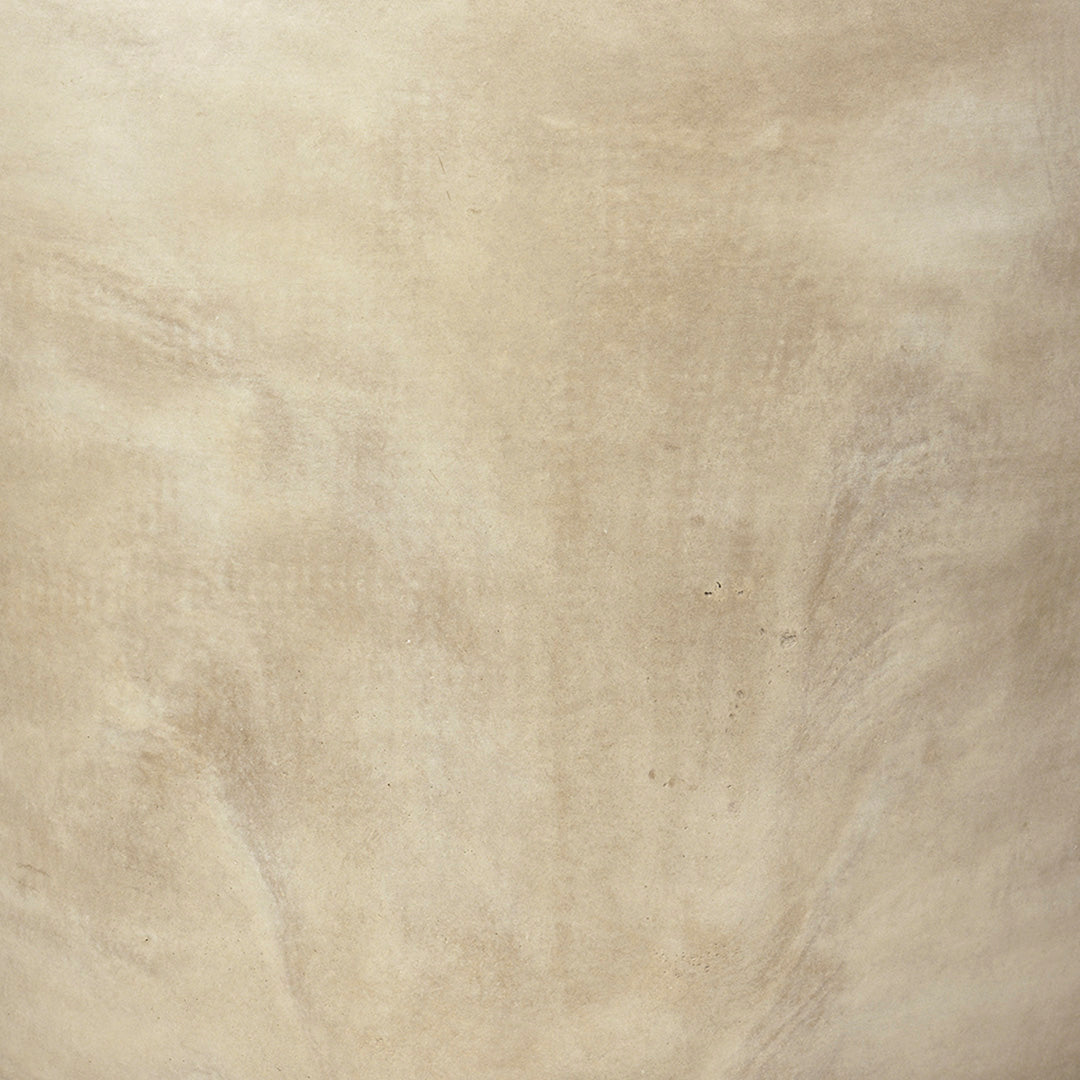
Fiberclay
Fiberclay is an excellent material for outdoor furniture and planters. The mix of fibre and cement makes the items as solid and beautiful as concrete, but opposite, lightweight, and easily moveable. It is a natural product with accepted colour variations, even in planters manufactured from the same batch. Colour and surface will patinate over time when exposed to different weather conditions due to the naturally retained salts. For the best care, we recommend a stone sealer or wax treatment and storing it dry and frost-free during winter to ensure a long lifespan.
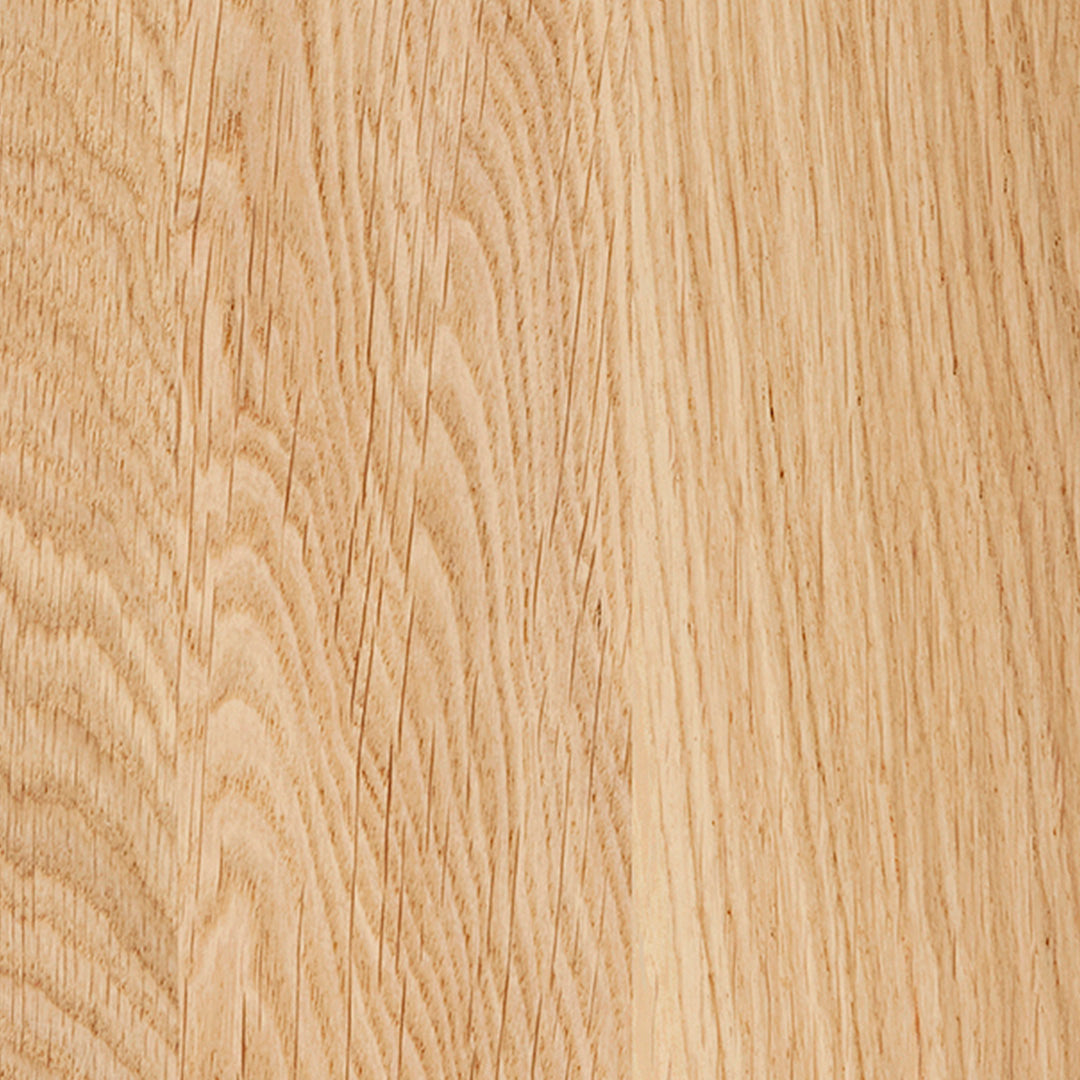
Oiled Oak
Kitchen accessories made of oiled oak must be washed by hand. After use, wash them with a bit of dishwashing liquid, rinse the board in hot water, wipe clean, and allow to dry upright. To avoid cracking, drying, or warping, give them a little love from time to time by keeping the boards oiled - which is also essential to keep the wood’s anti-microbial properties intact.

Lacquered Veneer
Lacquered veneer ensures the uniqueness of every surface with varying grain patterns, which is part of the charm of the wood. When it comes to protecting the surface, you’ll need to keep an eye on, moisture, heat, and sunlight. Spilt liquids must be wiped away immediately. When treating stains, use a mild detergent and rinse with clean water. Avoid harsh detergents or products containing scouring powder, as this will cause dull, scratched, and damaged surfaces. It’s also essential to protect the surface against the heat or steam from hot plates that can, over time, loosen the glue holding the veneer to the surface underneath. If exposed to direct sunlight over long periods, the colour of the surface can be subject to fading. Lacquered veneer is only for indoor use.
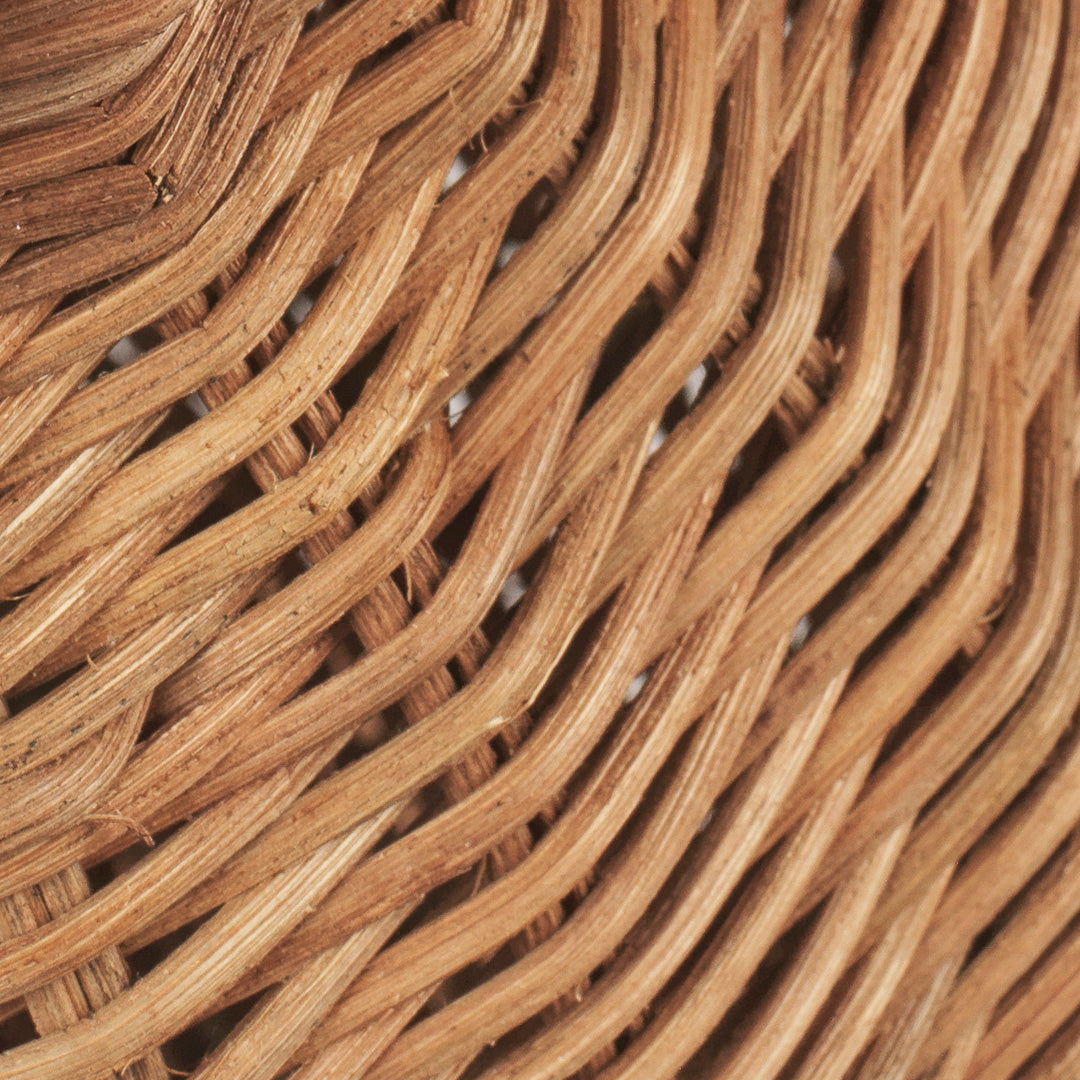
Bamboo & Rattan
Rattan and bamboo are natural and beautiful imperfect materials with unique and inevitable colour variations, markings, grains, and dents that don't influence the product's durability, strength, or lifespan. The handmade nature of rattan and bamboo furniture, lamps, baskets etc., means that no two pieces or sides of the same piece are alike. Please be aware that rattan or bamboo can become brittle or damaged when exposed to heat or moisture. However, a bit of care will keep the material last for years. The item should regularly be dusted or vacuumed with an upholstery brush and low suction and, when needed, more thorough with a damp cloth. Any food, drink, or mud stains should be cleaned away immediately with mild soap and please ensure not to soak the material. We don't recommend leaving rattan or bamboo exposed to the weather when not in use. Store it dry and ventilated over the winter to ensure a long lifespan.
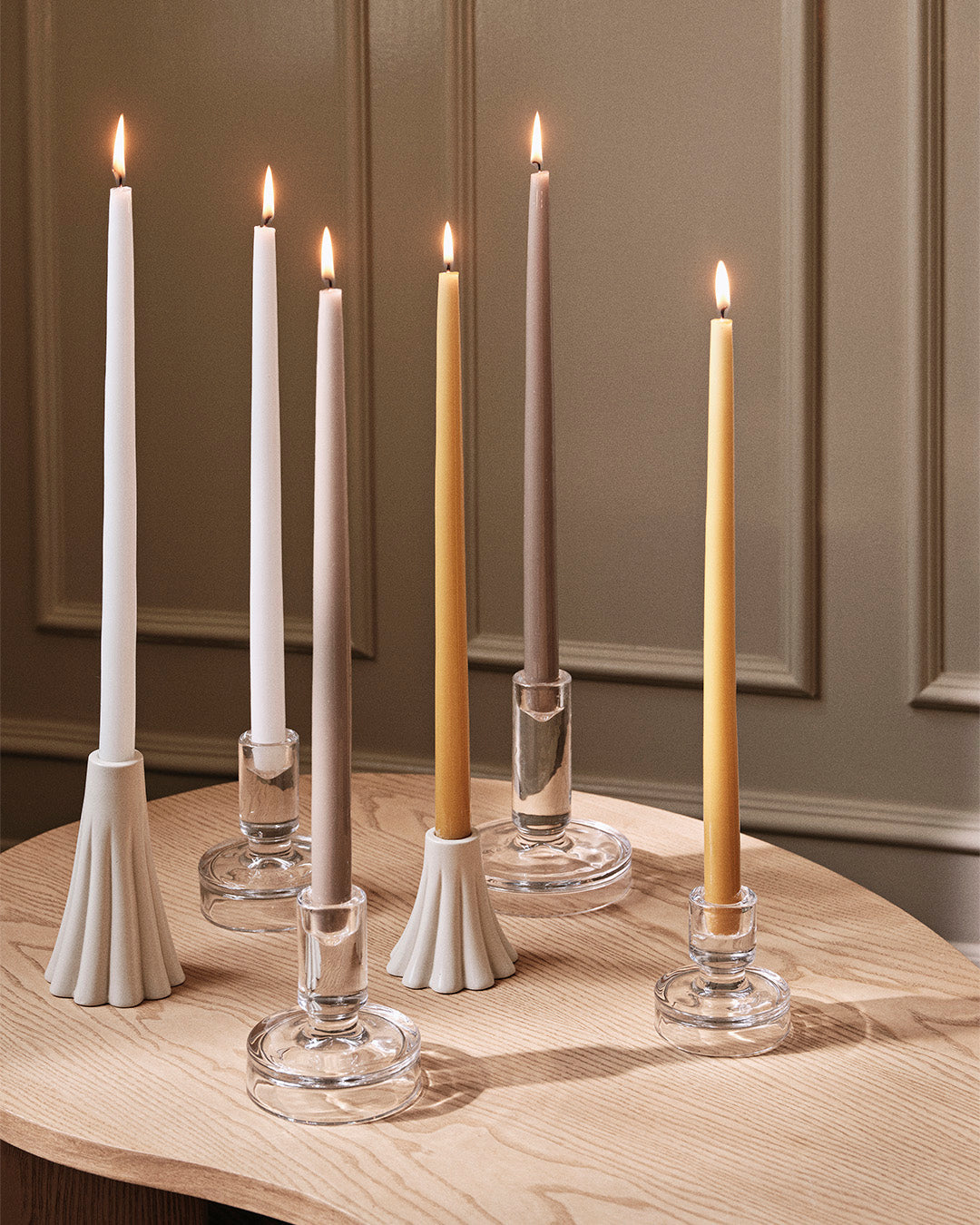
Candles
Broste Copenhagen has a long tradition of producing candles with the best manufacturers. We use modern quality standards as a benchmark for all our candles. We work exclusively with selected raw materials such as fully refined paraffin wax, high-grade stearin, and pure cotton wicks in our production. We are committed to having our candles tested by neutral and independent product testing services to maintain our position.
All our candles are made without palm oil.
NEVER FORGET A BURNING CANDLE, IT IS LIKE AN OPEN FIRE.
Our candles are tested according to the three EU norms:
- EN 15493 specifications for fire safety
- EN 15426 specifications for sooting behaviour
- EN 15494 specifications for product safety labels
Additionally, to consistently ensure the high quality of our candles, our in-house quality management continually controls both finished candles and raw materials. All test results are documented accordingly. Reliable quality and continuous product development and improvement are the basic principles we have committed to throughout the years.
Never leave wick trimmings, matches, or any other material in the wax pool, as these can create a fire hazard.
Please always trim the wick to 1 cm before lighting the candle, and make sure that the wick is upright. Pieces of wick that have been cut off or other items that fall into the candle wax can reignite, causing the candle flame to become much larger than is safe, even if it is in a container.
Dispose of all packing materials or foreign matter before lighting a candle. Some of our candles have a paper band wrapped around them or a wicked tag. Make sure to remove any of these items from your candles before lighting them, so they do not catch fire.
The wick is made so that the candle burns safely. If a wick becomes too short, it will produce a too small flame for the candle to burn correctly. Extinguish the flame and carefully pour off the liquid wax to fix this. Relight the candle and allow it to burn for about one hour. If the flame is still too small, repeat the process until the flame can continue burning the wax it has melted with a regular size flame. Prolonged exposure of candles to a temperature below minus degrees could cause the wax to crack.
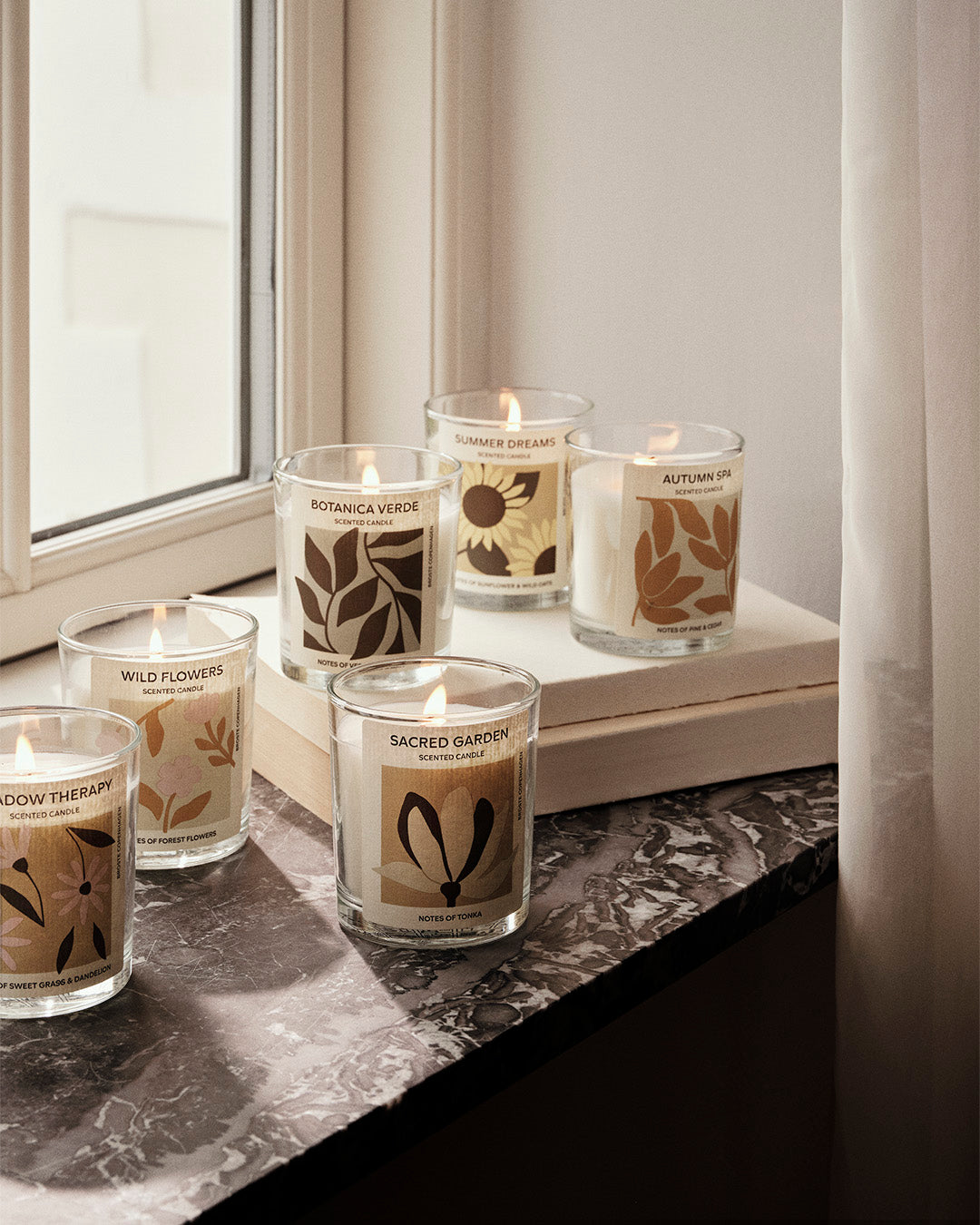
Scented Candles
All scented candles are made from soy wax - a processed form of soybean oil. Soy wax is a natural wax made from a renewable source. Burning soy candles does not increase the CO2 level in the atmosphere.
Important information about candles and safety
Warning
- Never leave burning candles unattended.
- Keep burning candles out of reach of children and pets.
- Keep a distance of at least 10 cm between two lit candles.
- Keep lit candles away from flammable materials and keep away from anything that can catch fire.
- Trim wick down to a minimum of 1 cm and always trim the wick if candles give off sooty smoke.
- Avoid sooty smoke, use a candle extinguisher instead of blowing out the candles.
- Always place candles in steady candleholders that will not burn.
- Do not place candles in a draught.
- Do not leave candle in direct sunlight or at temperature below 0 °C. Candle will get damaged under extreme temperature changes.
- Cut the edge of pillar candles down if it gets too high, so the candle burns evenly.



